I was looking forward to South Korea very much, since it meant meeting old friends I hadn’t seen in years. Having lived with South Koreans for many years in Ireland I was very curious to finally see with my own eyes the country I had heard so much about.
Arriving in Seoul, the wealth and modern technology of the South Korea gave a stark contrast to my previous destination Mongolia. The heat and high levels of humidity were another drastic change to get used to, though nothing compared to what expected me in SEA!
Seoul Living
I got a ‘genuine’ Seoul living experience since my friend Tommaso, an Italian expat living in Seoul, kindly offered me his flat while he stayed with his girlfriend. Since real estate prices are ridiculously high in the metropolis and living space is so restricted, many flats are tiny studio apartments. Since most Koreans work very long and hard and spend what little free time they have meeting their friends in cafés or other public places, these apartments are mostly used for sleeping only.
Korean Culture
Being somehow isolated from the mainland due to closed border policies of North Korea, the Republic of Korea has retained a unique culture, with their cuisine, language and hangul script evidencing this but also a knack for creative, modern design, art and a rich movie and TV industry. Due to many years of Japanese rule, certain cultural similarities can be drawn, such as the extraordinary polite and indirect ways of Koreans (even though they are more practical than Japanese) or the focus on education and hard work, a relict of the Jaeson Dynasty, which ended in 1910.
A traditional shrine right next to a modern skyscraper:
Seoul
With 25.6 million inhabitants the capital of South Korea has certainly reached global dimensions. It offers a fascinating mix of traditional culture, unique food, modern technology and curious merchandise. You can find serene Buddhist temples next to wild nightlife districts, 24/7 shopping malls and to endless street food vendors. Quirky themed cafés can be found all over town, such as feline cafés, a poo café (yes, really!), study cafés or an endless choice of themes based on animated characters. Seoul is a city of ancient culture, palaces and traditional customs and festivals, but also a trend-setting youth culture, K-Pop and Samsung.
A traditional music performance
Seoul vs. Tokyo
Seoul is often compared to Tokyo. This is not surprising since the Korean culture is probably closer to the unique Japanese culture than any other culture in the world, however, there are distinct differences between the two metropoles. Whereas Tokyo is vast and global, Seoul still has local features and architecture. On the other hand, getting around in Tokyo can be confusing and complicated and English language skills get you a lot further in Seoul than they do in Tokyo. It is also easier to connect with locals since they are more likely to mix with foreigners. Even though Tokyo is as diverse as any other global metropolis and is visited by thousands of tourists every day, people that look clearly foreign (like fair-skinned redheads) are given extra attention and looks, whereas in Seoul you are not an attraction any more and you are more likely to be conveniently ignored and accepted as just another tourist/expat/fellow human being. Besides, it is a lot cheaper than Tokyo!
Korean Food and Drink
Korean cuisine is quite unique, and contains a lot of spicy and fermented components. They use very little fat, but a lot of salt and sugar. My friends made sure I got to try a great selection of their amazing food and drink. So good, I’ve fallen in love with it!
Soyoun took me for kimchi pancakes, soju and hof. Kimchi is the famous Korean spicy fermented cabbage, an acquired taste, but the more I have the more I like it!
Koreans are known to be heavy drinkers and alcohol is very cheap. This is evident in how they serve their signature hard liquor, soju (a distilled rice ‘drink’): instead of serving shots, they just sell the whole bottle and bring shot glasses to the table. With 20% it may not be as strong as other hard liquors, but it certainly is quick in going to your head.
Another common drink in Korea is hof, or beer. Korean beer is generally a light ale, brewed from rice. International brands are widely available, but local beer is a lot cheaper.
Hana and Dalbit took me for a traditional mungbean pancake with radishes and some raw beef, which was certainly an experience for me, having never tried raw meat before. Having grown up in a society that warns of the dangers of consuming raw meat every day, I have to admit it cost me a bit of effort but it was definitely worth it!
I also got to try Korean rice wine, milky in colour and sweet in taste and learnt, that if you order cider in Korea, all you get is lemonade.
Tommaso and Soyoun took me for a buffet of different Korean dishes, including noodles and the famous bibimbap, which is rice with a selection of sautéed vegetables, meat, chili paste and often a raw or fried egg on top. It was Michael Jackson’s favourite dish!
With Ahree I got some seared beef, which they spectacularly set on fire in front of us. We also went for a very common Korean dessert, a bowl of shaved ice with red bean paste, called patbingsu!
Jay took me for some chi meak, a dish very common among Koreans and consisting of fried chicken and beer. It may seem less exotic of a dish, but was just as delicious!
Least but not last, Gahee took me for some interesting fusion food, a mix of South American, European and Asian food.
Gwangjan Market
Hana and Dalbit took me to Gwangjan market, one of the many night markets in Seoul. Even though it has traditionally been a fabric and textile market and you can buy the Korean traditional dress, hanbok, go hungry, because the amazing food is the real attraction here!
Seoul Museum of History
One of the few things I did on my own in Seoul was a visit to the Seoul Museum of History. A collection of exhibitions telling the history of the city from the Jaeson dynasty, through the Daehun empire and Japanese occupation until modern times as well as temporary exhibitions, such as one on modern designers and artists using traditional methods. One of the central pieces of the museum is a 1/1 500 scale model of the city made using recent aerial photos and extremely precise measurements.
Insa-dong
Tommaso and Soyoun took me to Insa-dong, in the heart of Seoul. Possibly one of the most visited areas in Seoul, the street of Insa-dong are full of tradition, culture and souvenir shops. You can find anything from traditional Korean calligraphy accessories, antique shops, galleries, folk handicrafts to traditional cuisine and teahouses but also historical sites and museums and modern quirky design products.
Gyengbokgung Palace
There are no fewer than five palaces in Seoul, and Gyengbokgung is one of the grander ones. It was the main palace of the Joseon dynasty, the home of the Kings and the seat of the government. IN the early 20th century it was destroyed by the Japanese occupying forces but since then gradually reconstructed.
King Sejon Statue and Museum
Maybe the most important emperor in Korean’s history, King Sejon is best known for the creation of Hangul, the Korean alphabet. The museum underneath the statue focusses on his life and contributions to the Korean people. A second gallery shows the story of Admiral Yi Shunshin and his turtle ships, called panokseon, who is famous for his dedication and leadership that ultimately lead to the defeat of Japan during the Imjin War and saved Korea from a Japanese invasion. Admiral Yi Shunshin died in battle and could not celebrate his final victory, though his last words are as famous as he is: “We are at the height of battle. Don’t let anybody know about my death.”
N Seoul Tower
An evening trip took me to the N Seoul Tower with an amazing view of the city during sun set. Once being the highest tower in Asia, it is set on a hill in the middle of the city and is a landmark that can be seen from almost everywhere.
more lover’s locks
an art/dance performance at the N Seoul Tower


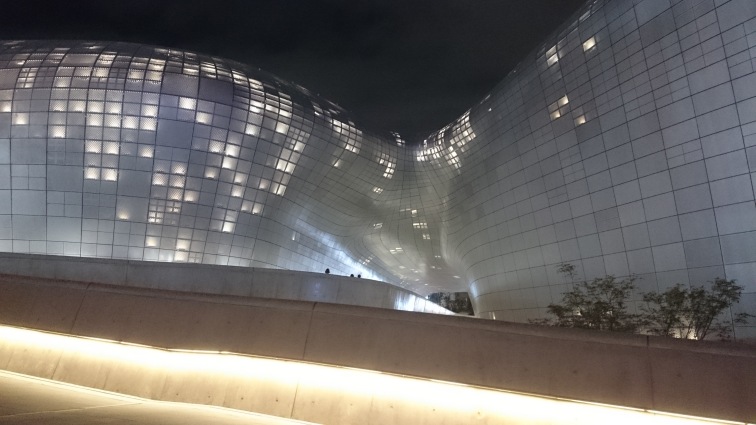

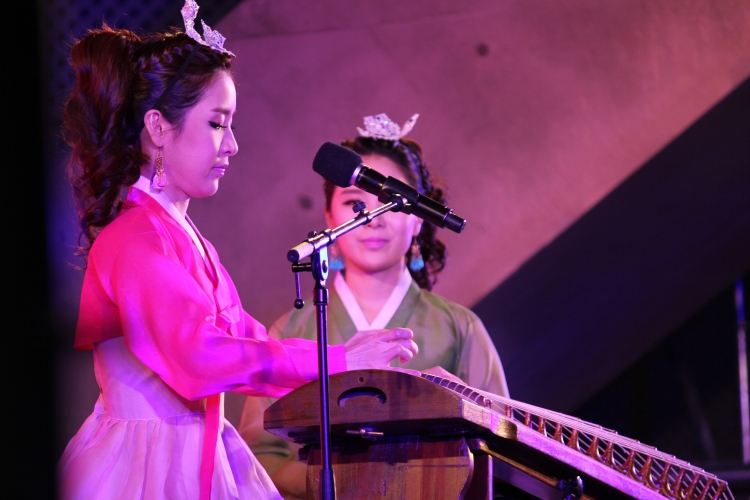


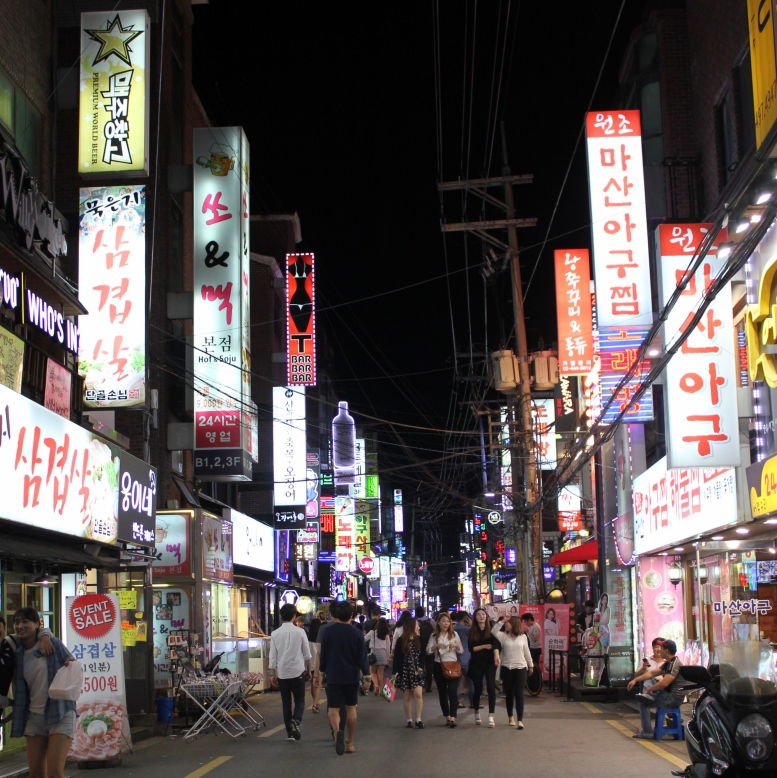
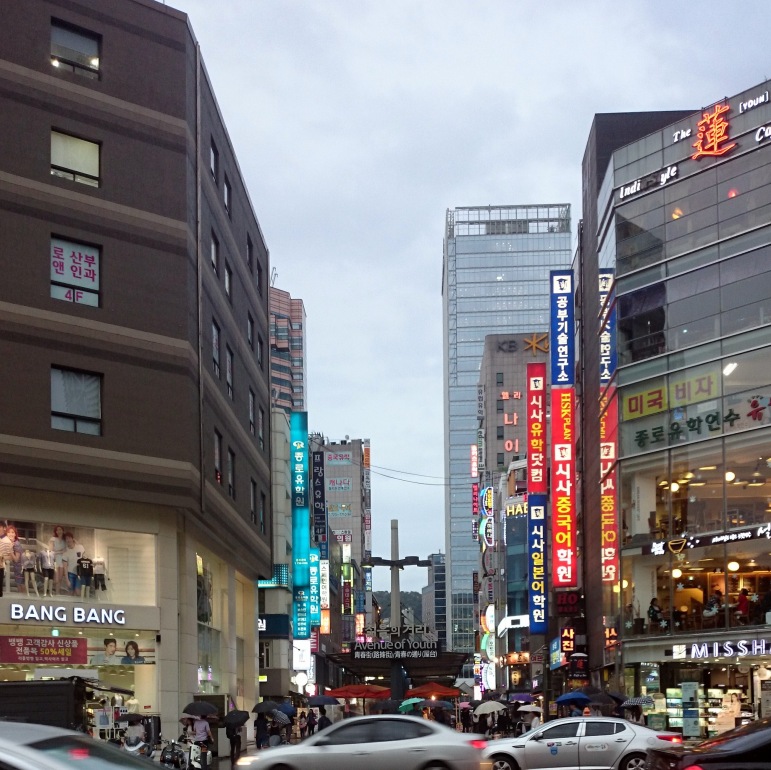
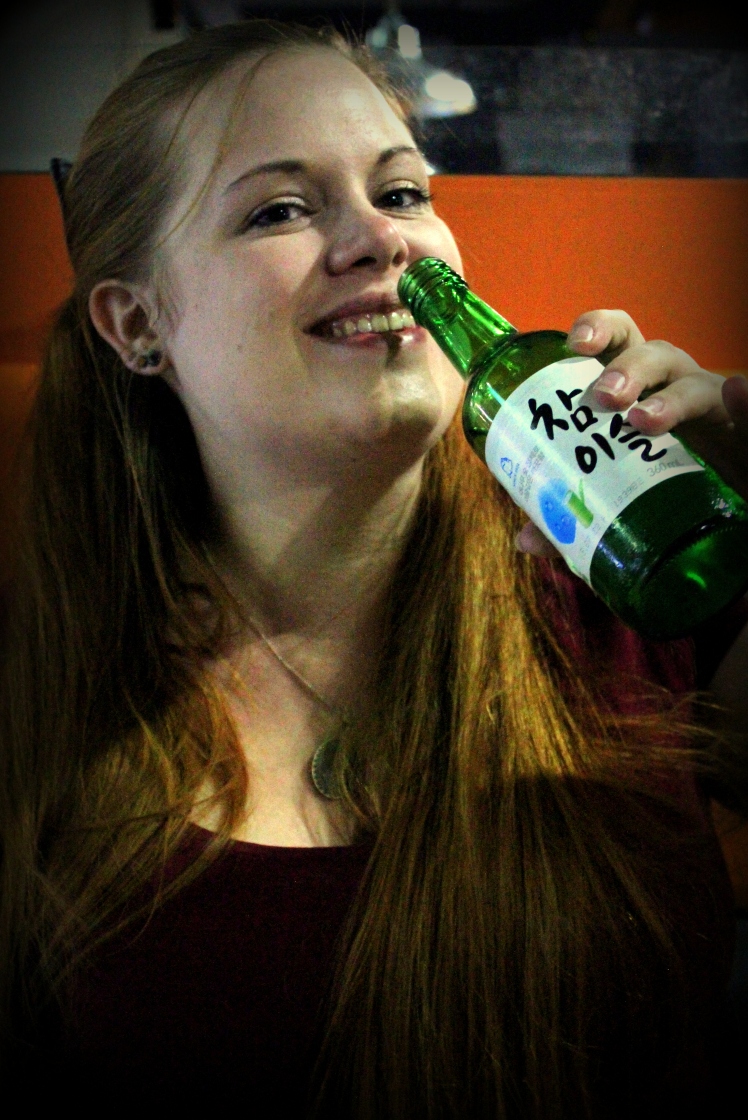



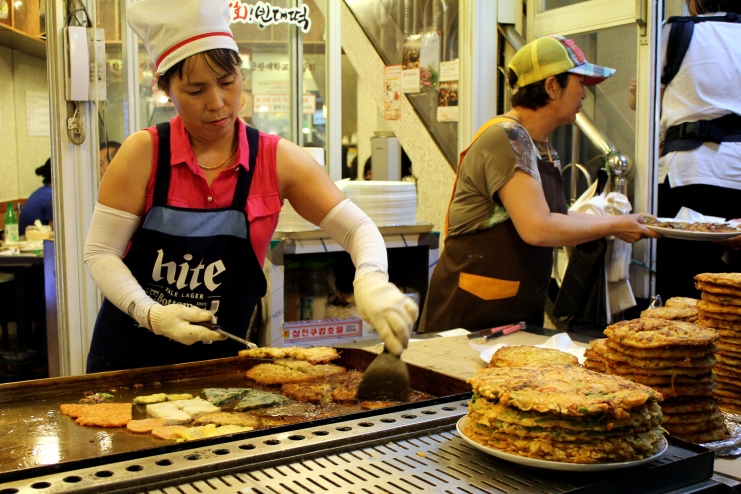
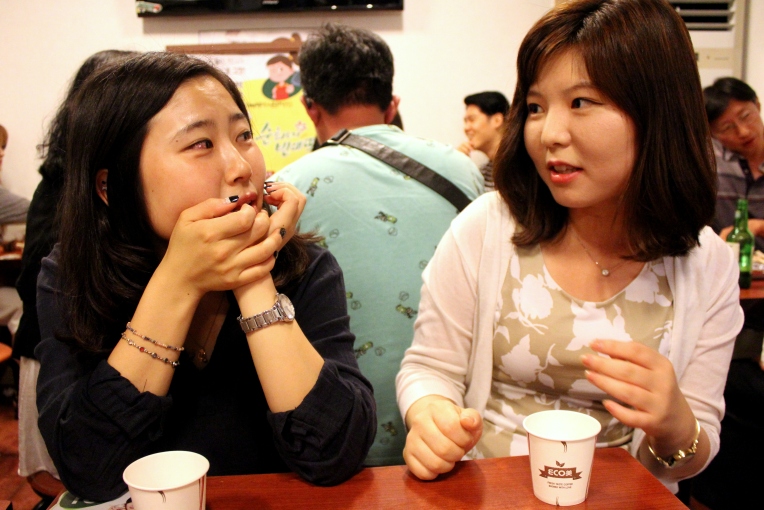



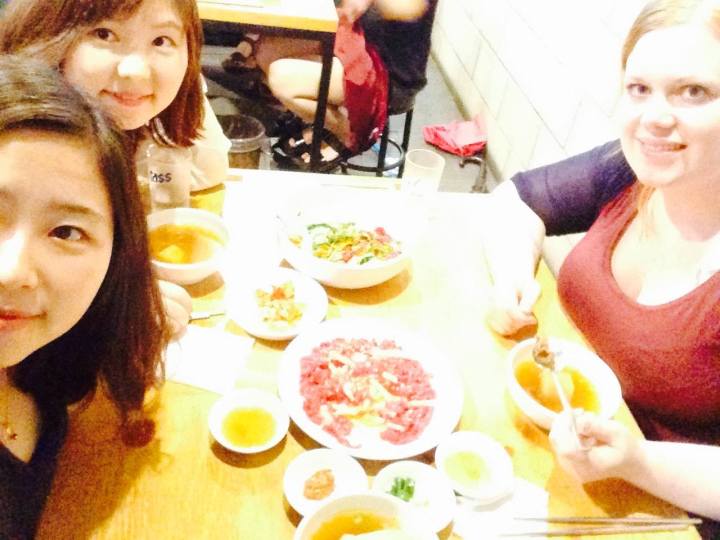

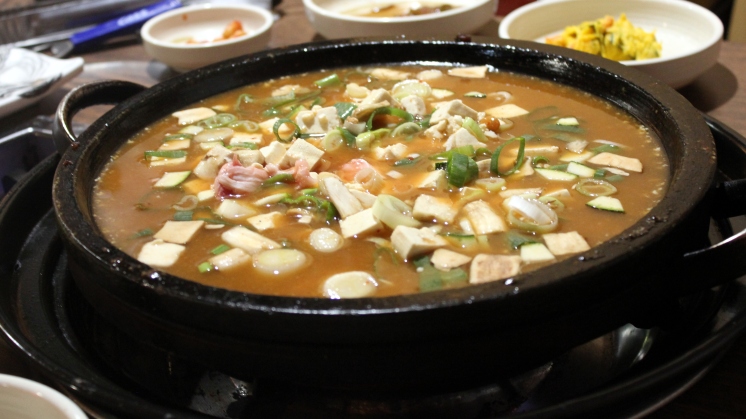
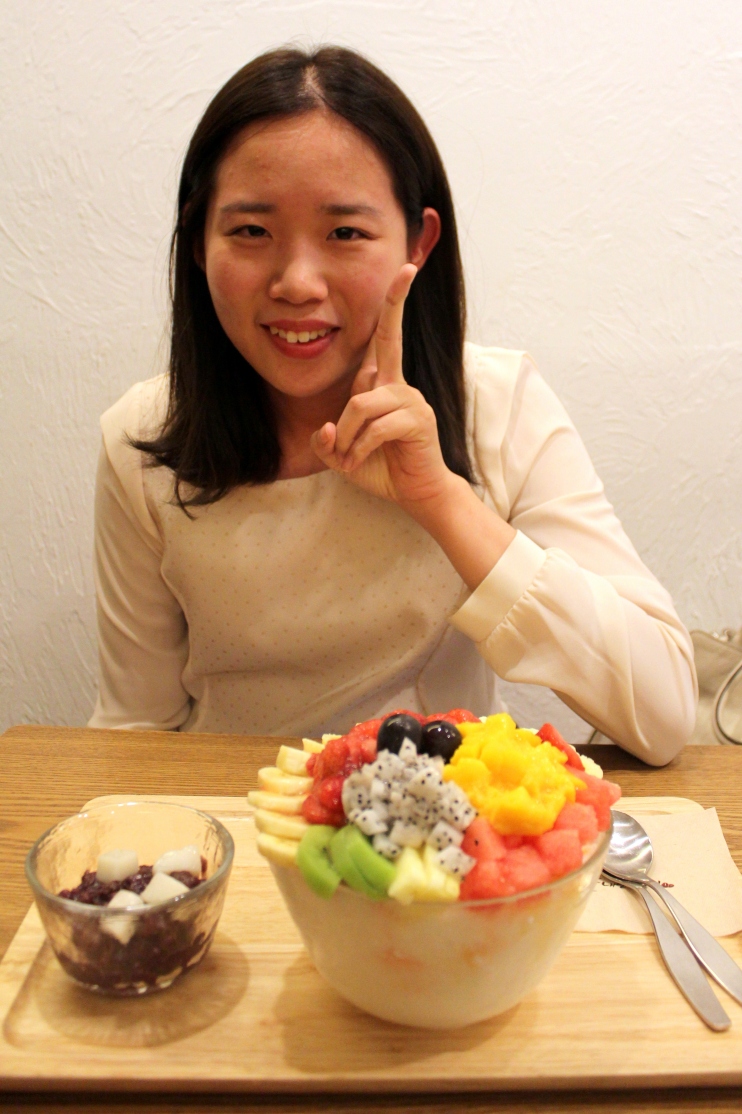
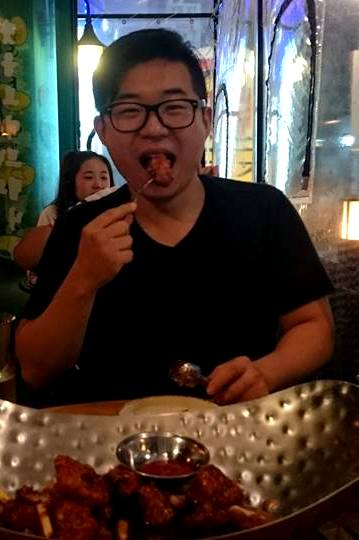
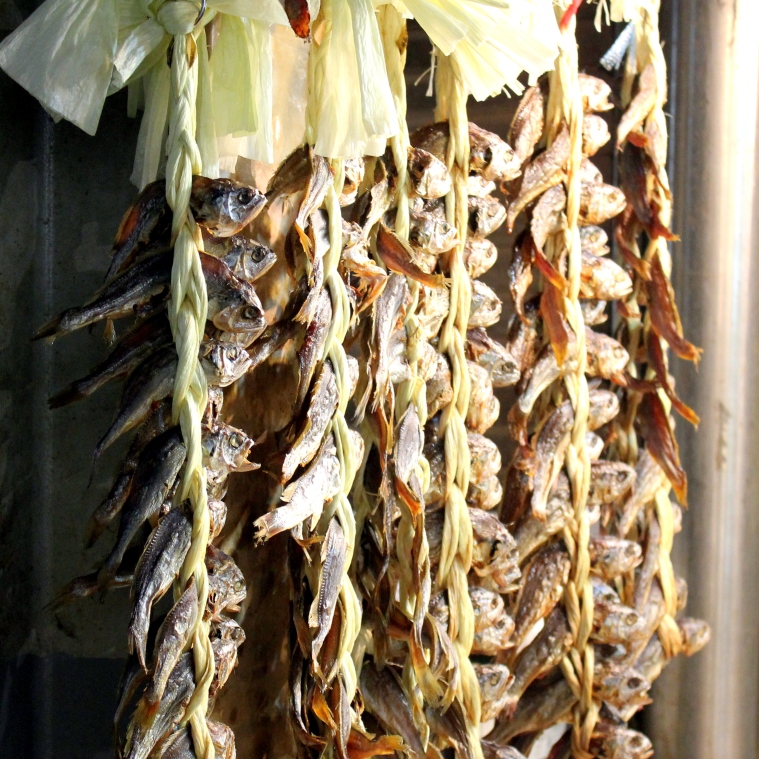


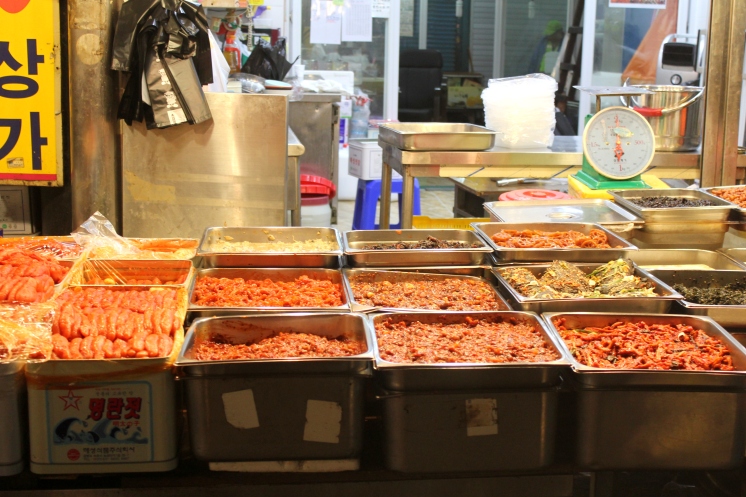
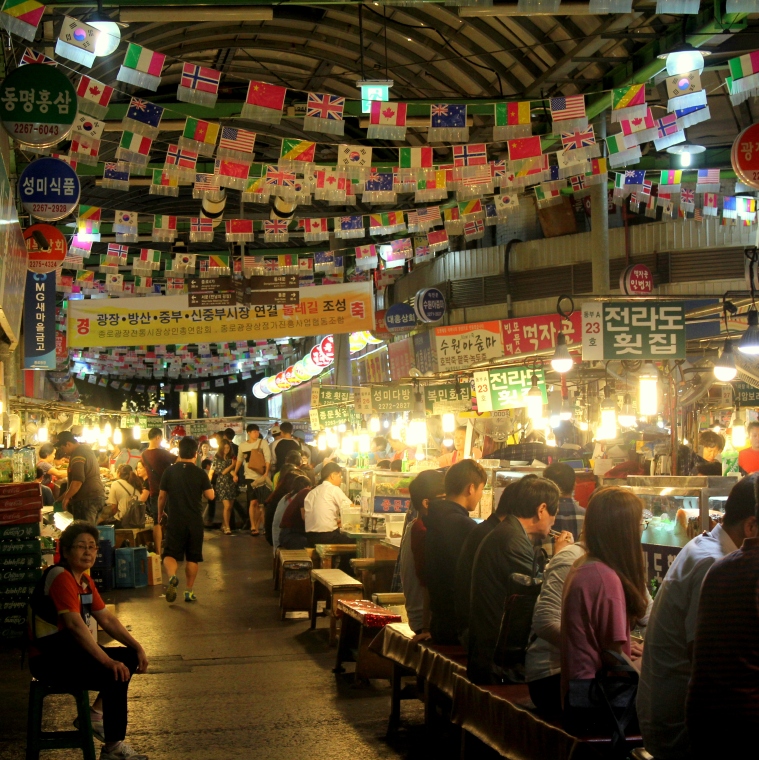

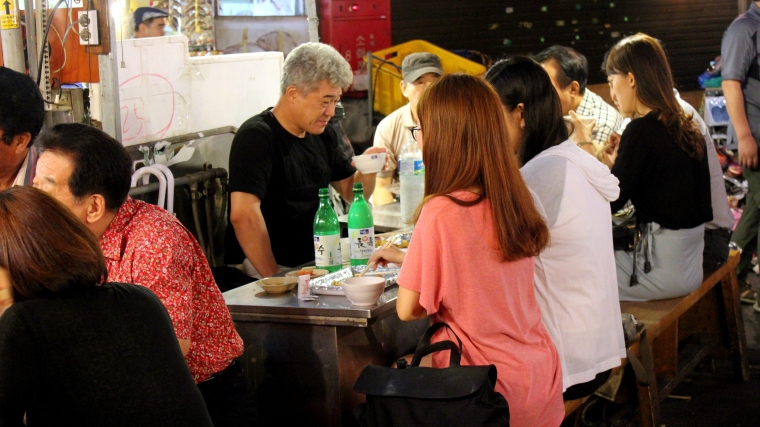

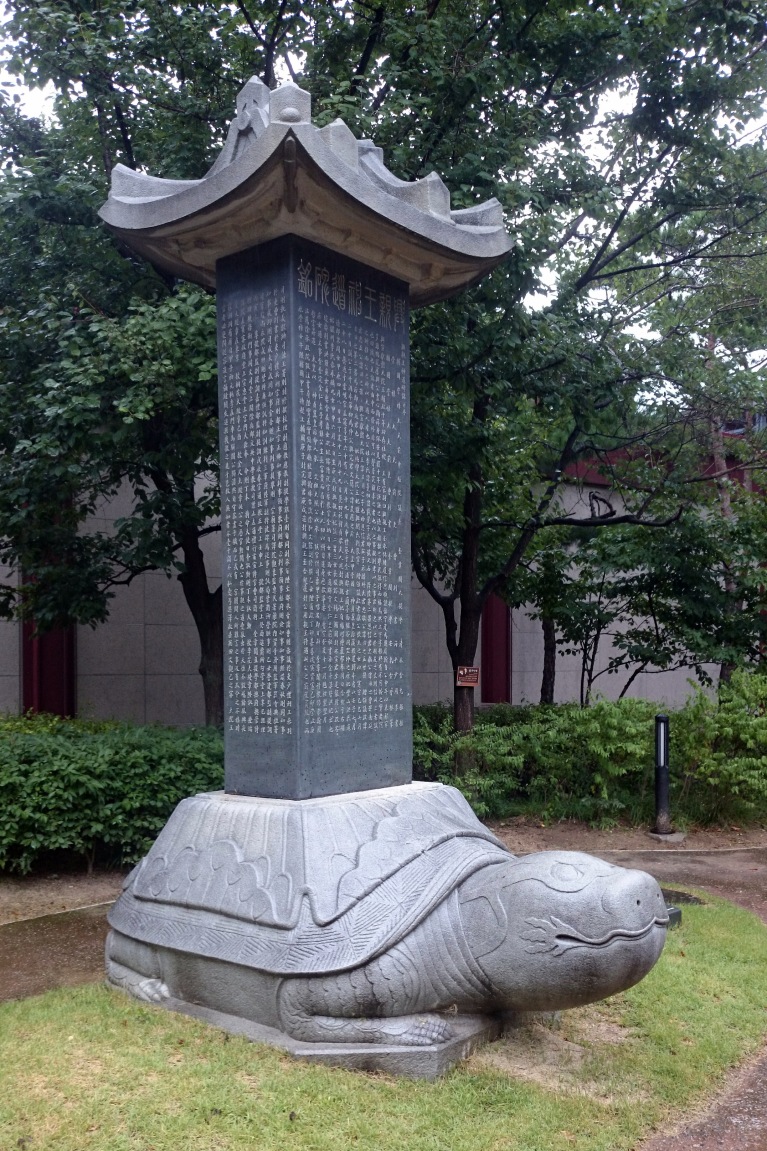
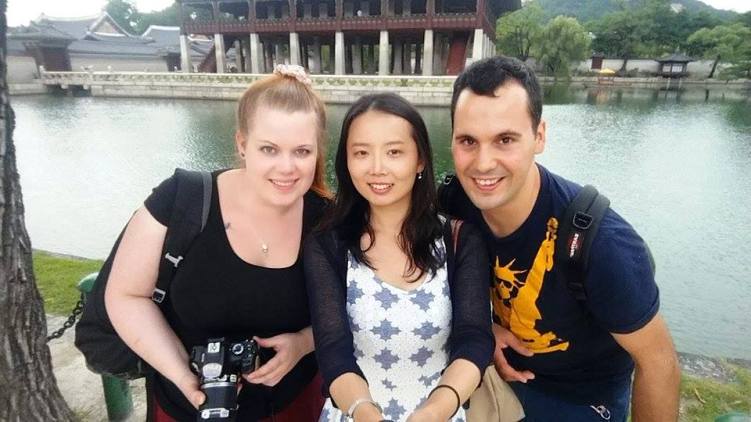




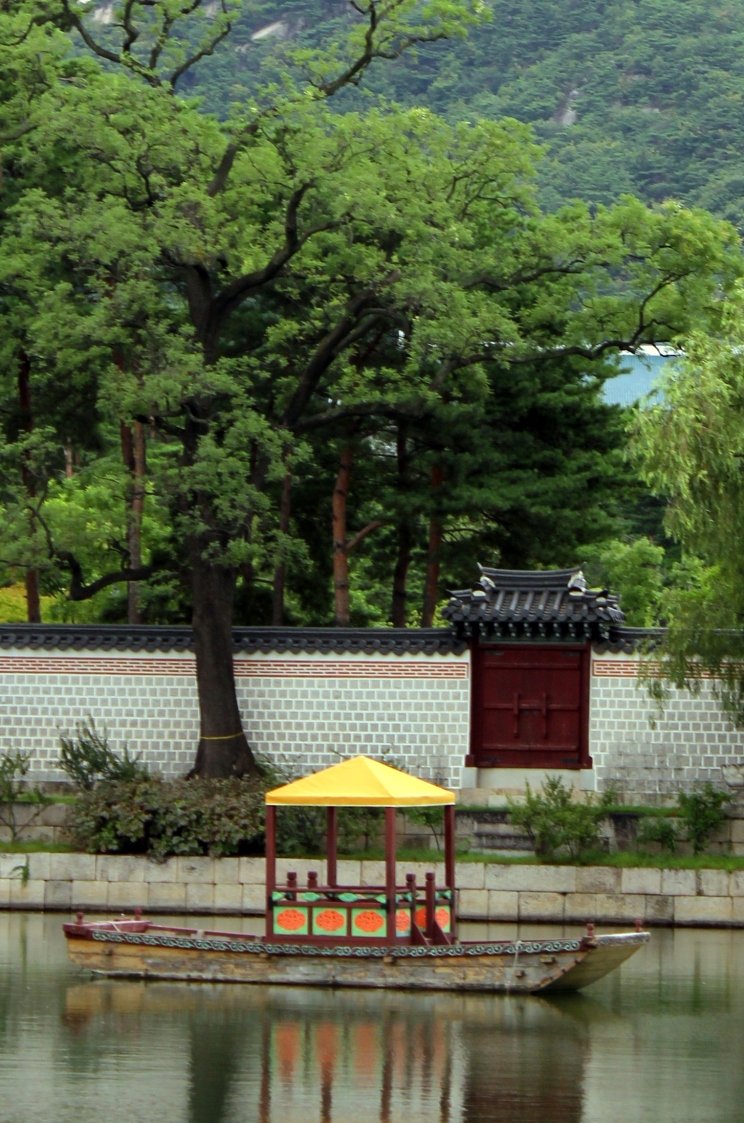
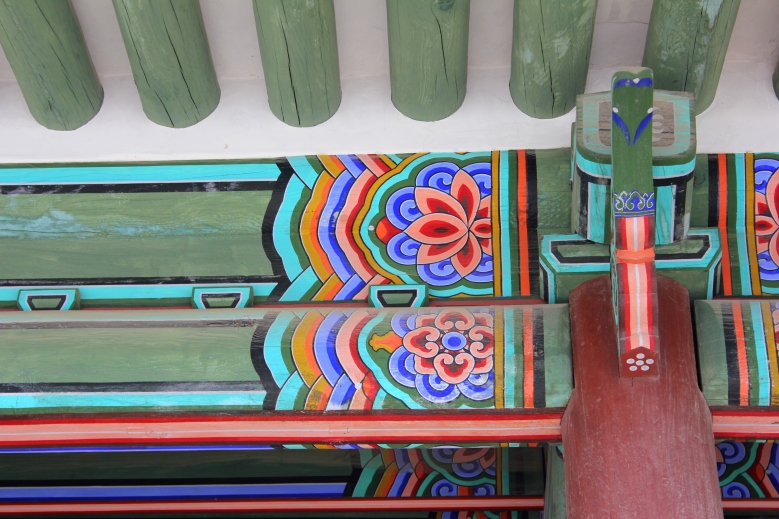
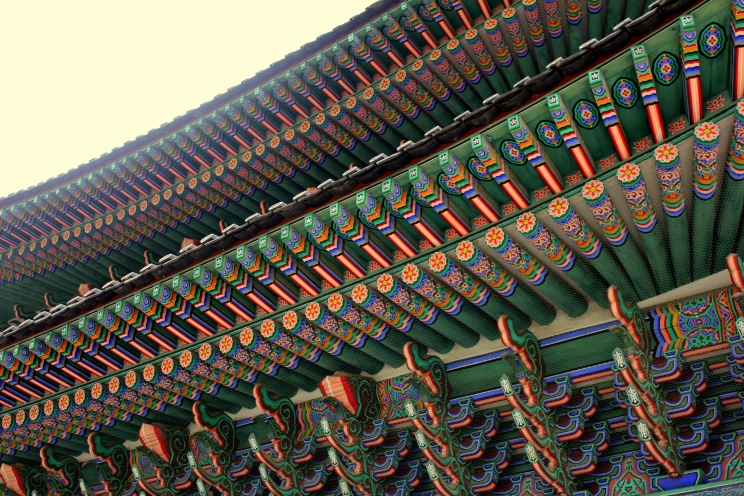


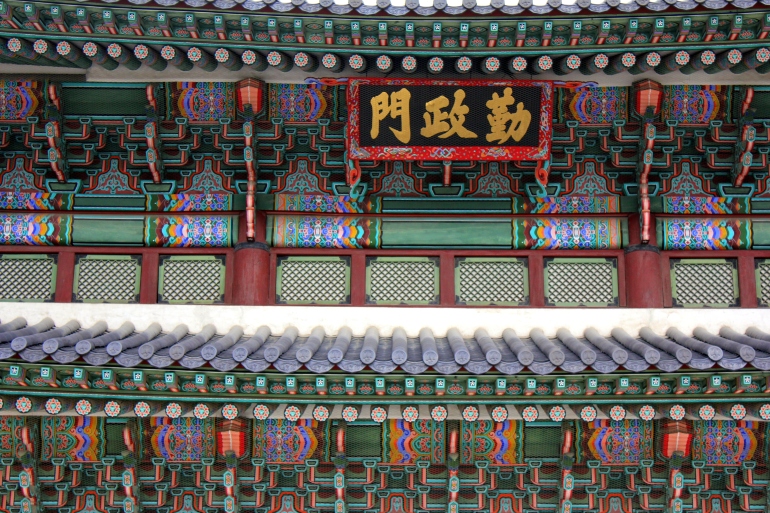
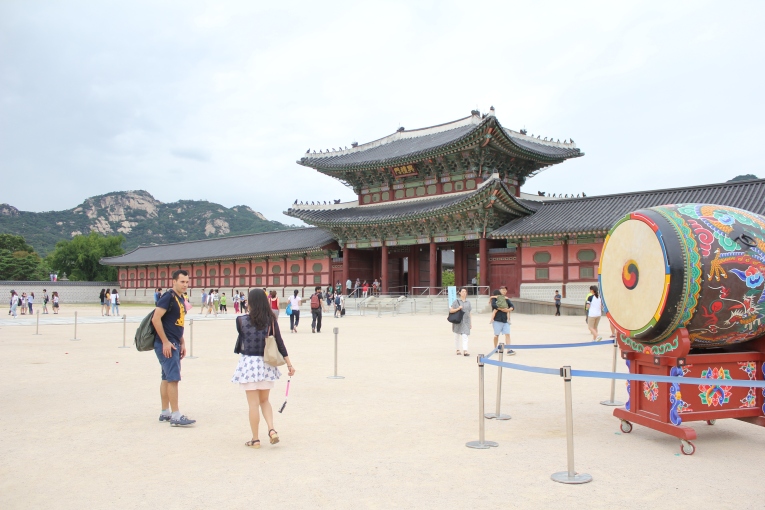
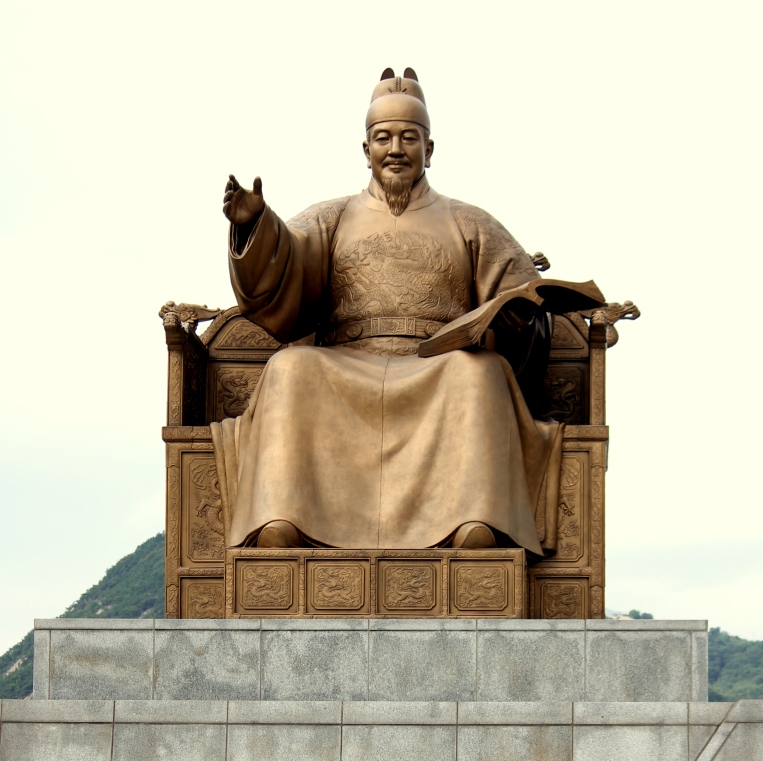
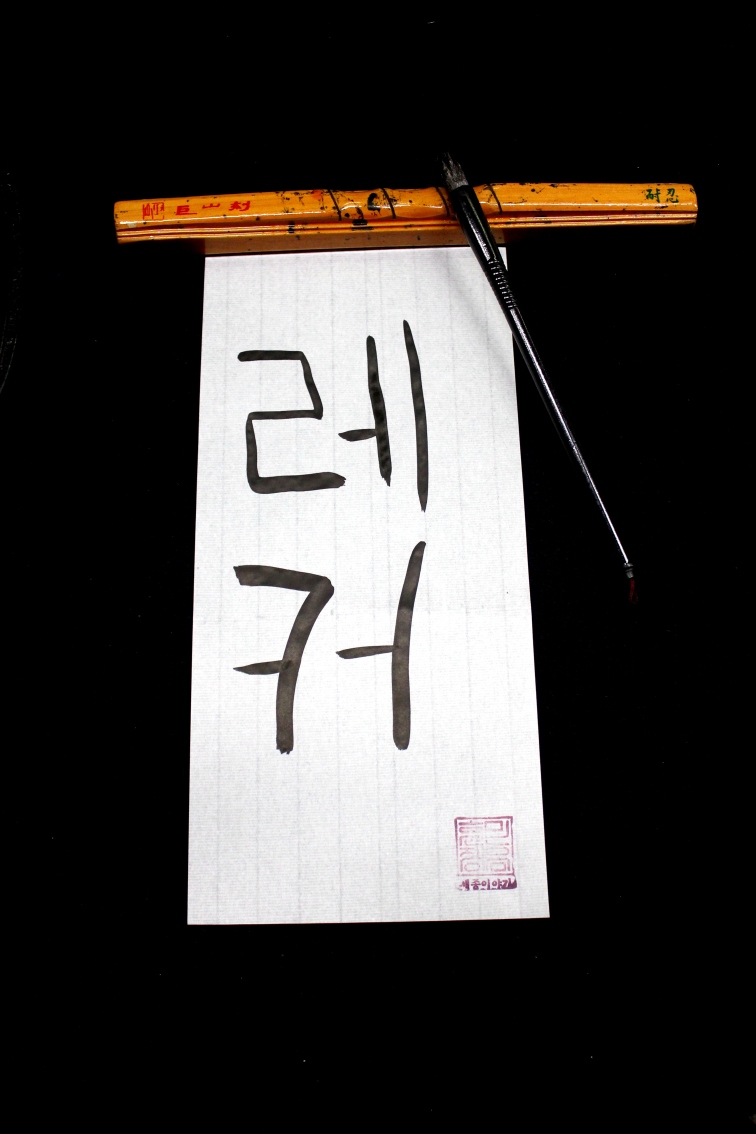
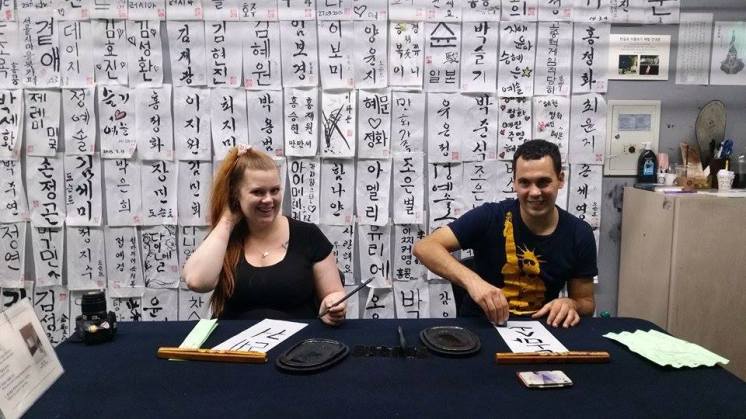
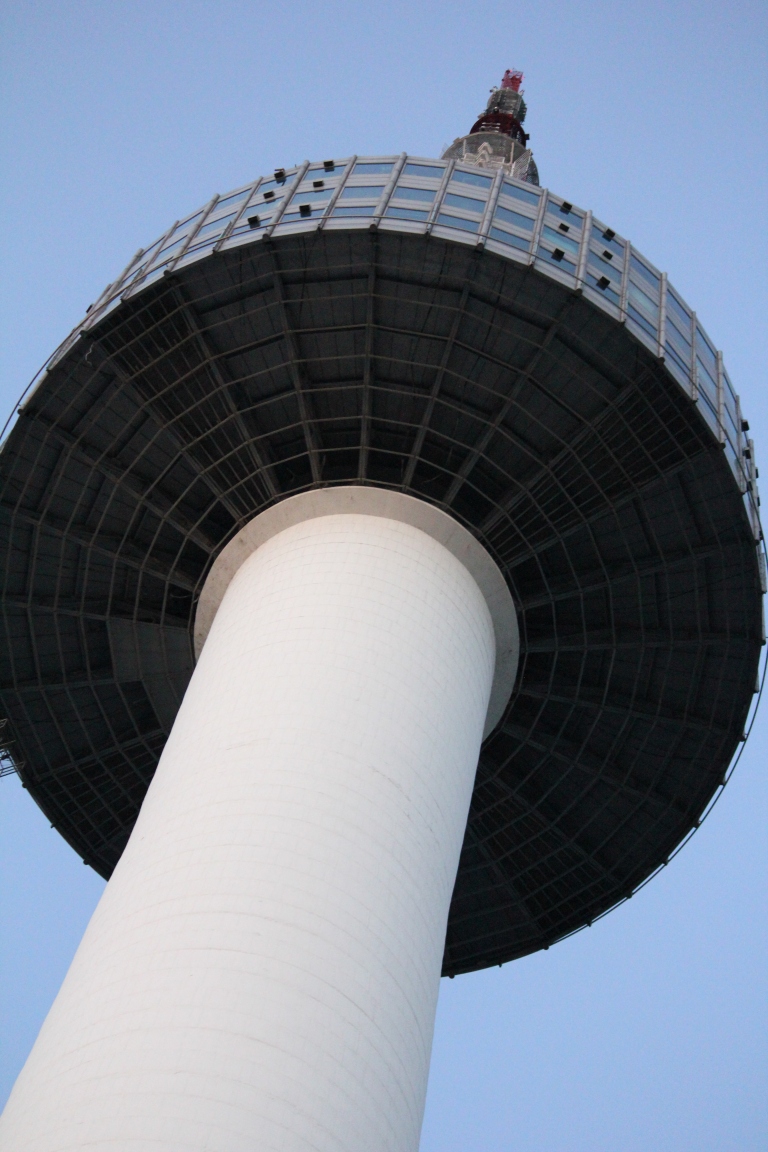
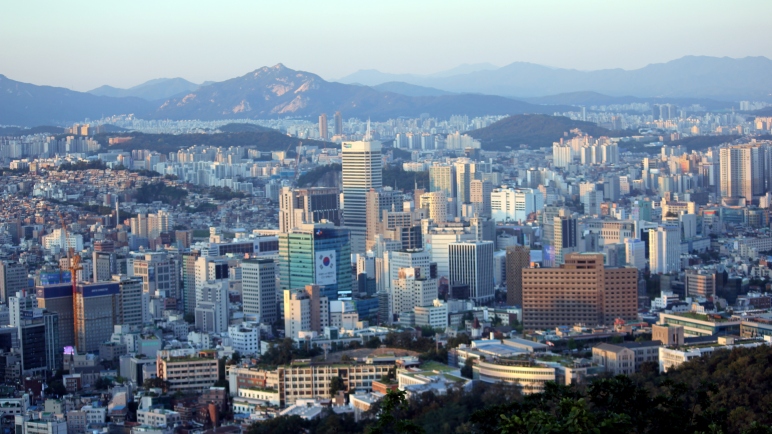
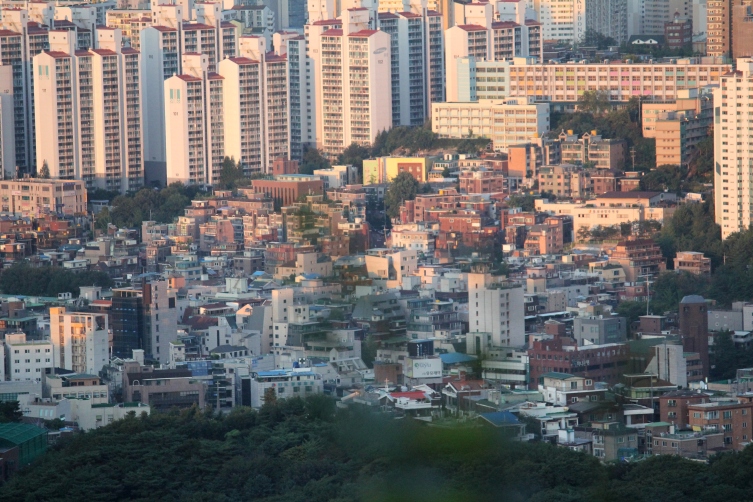

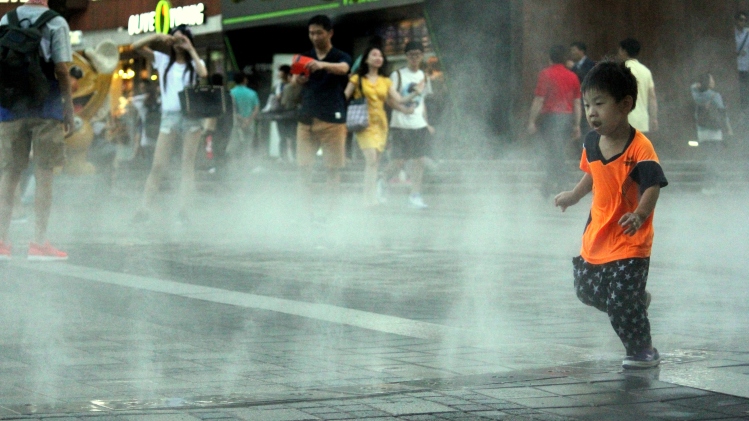
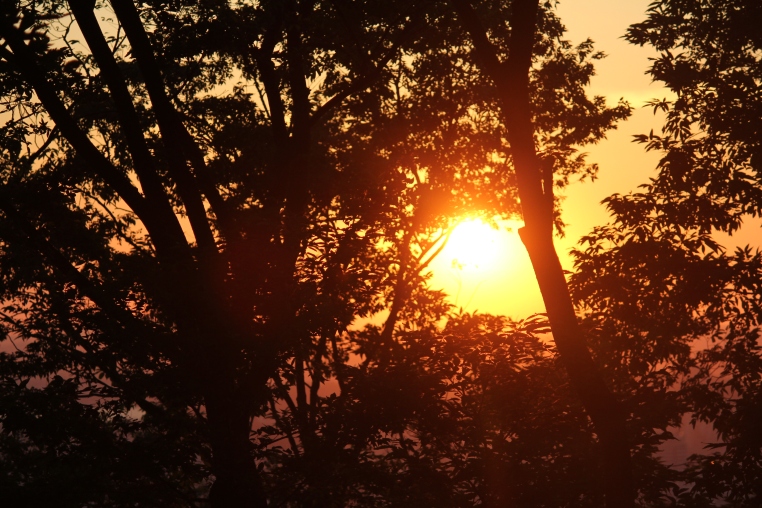
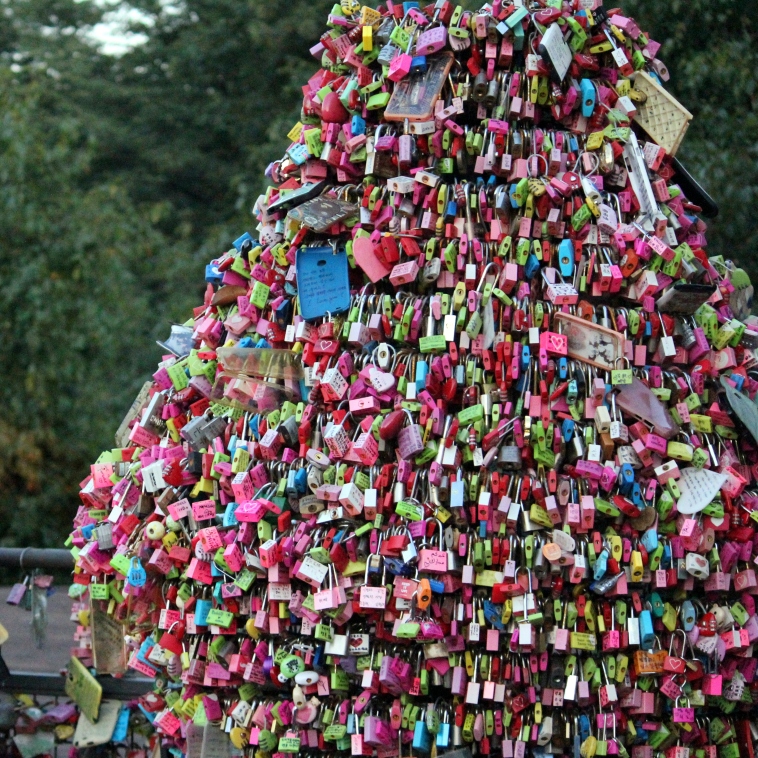

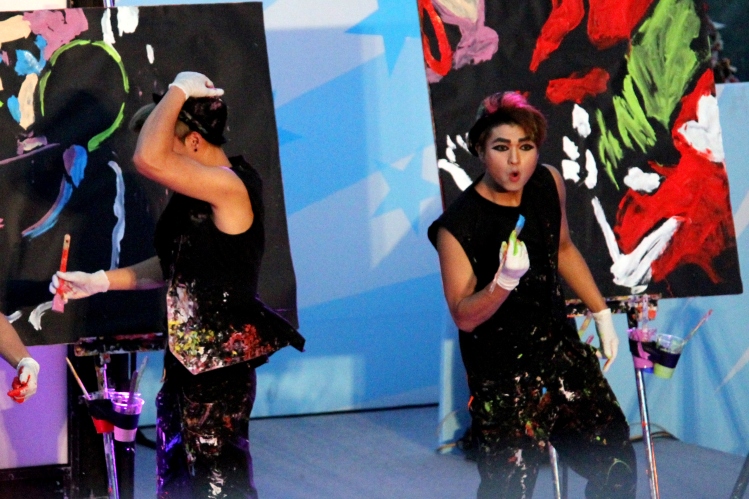
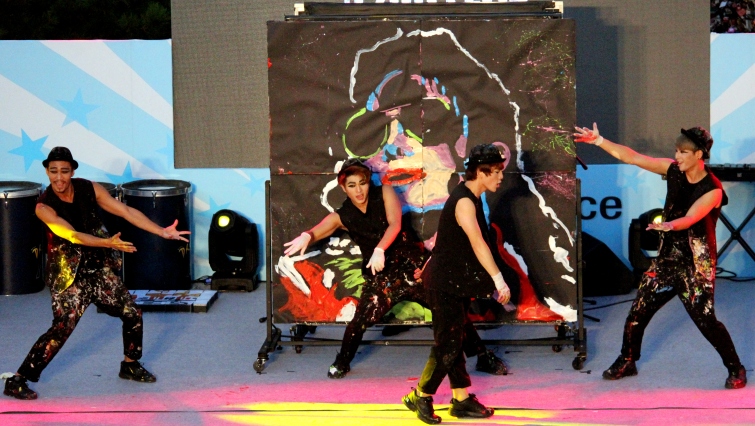

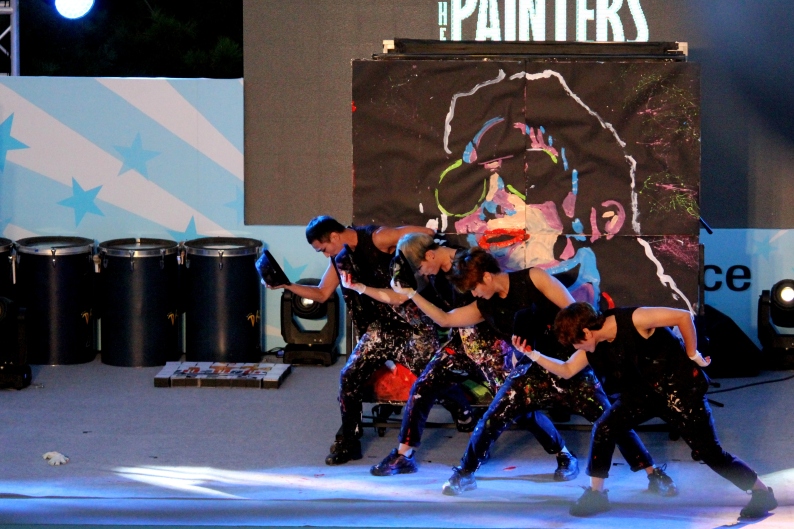

The first photo in this post is incredible.
LikeLike
Aw, thank you 🙂
LikeLike
Woooooow! So amazed with the colours, the food, the culture! Thanks for sharing!
LikeLike
I know! Korea is truly amazing.
LikeLike
Beautiful photos and I enjoyed reading everything. I’ll be visiting my boyfriend in South Korea next year and it’ll be my first time overseas alone and being in Korea. Thank you for sharing. You made me so excited!
LikeLike
Enjoy it! I loved Korea 🙂
LikeLike
Wow I’m a local, but I felt like I had a good tour from reading your post. Awesome 😀
LikeLike
Thanks, I’m glad you enjoyed it 🙂 share with your friends!
LikeLike
truly amazing! I loved reading it 🙂
LikeLike
Thank you so much dear. Hope all is well with you!
LikeLike
Great information and pictures!
LikeLike
Thanks 🙂
LikeLike
Have been to Seoul last year and I love the place. I hope I could come back. It looks like I had a lot more to explore 🙂
LikeLike
Yes, it’s a huge city! There is so much more than the little I have seen!
LikeLiked by 1 person